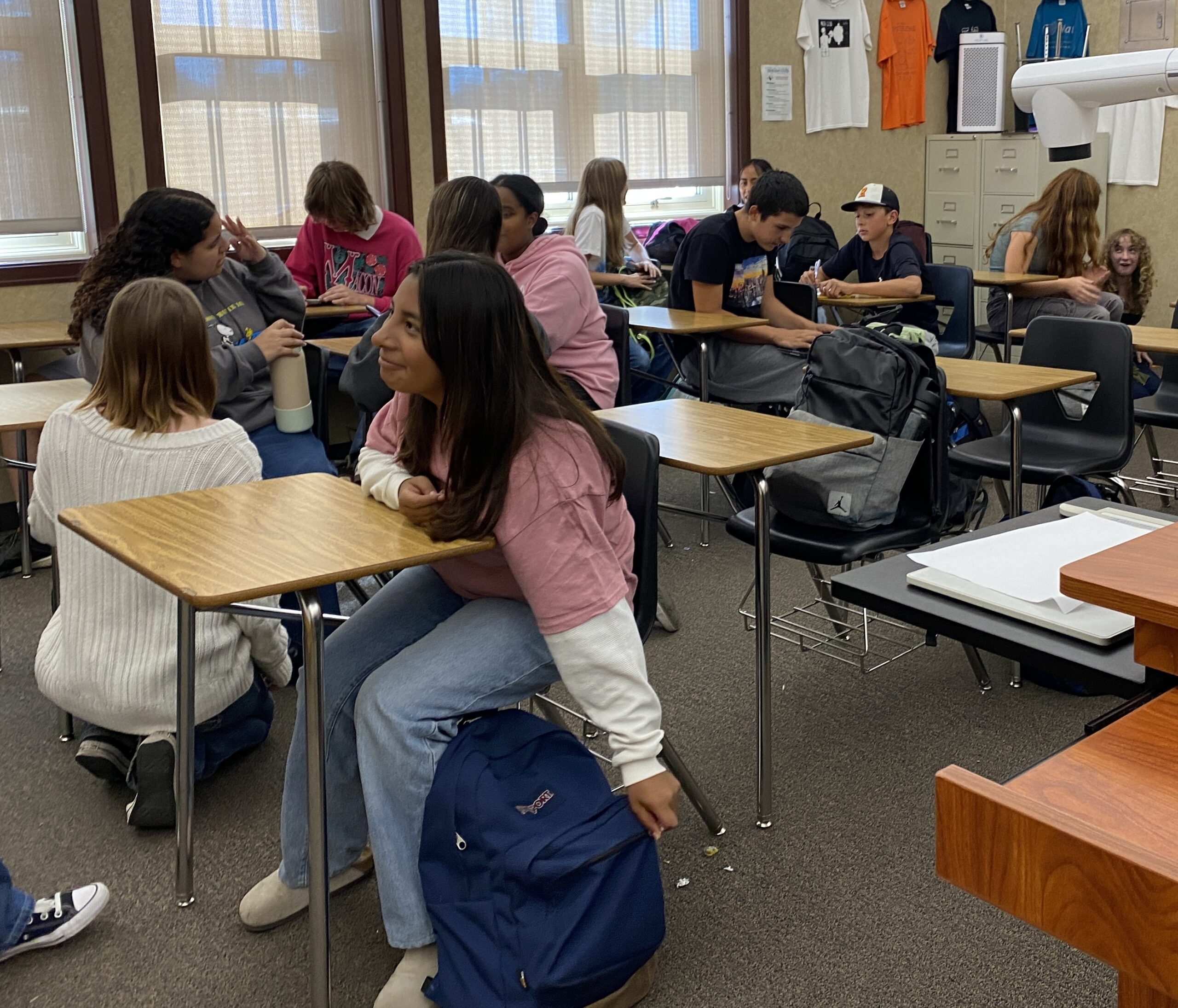By Reid Heavner,
Staff Writer.
Amidst budget cuts and declining enrollment, the start of the 2024-25 school year has been anything but smooth. In large part due to declining enrollment, our school schedule initially included a number of over-enrolled classes, in some cases with over 40 students in a single class. Most of the absurdly large classes have been dispersed, but their initial presence suggests an underlying issue. While seemingly avoidable, it may be the new reality here at Santa Rosa High.
School funding is directly linked to student population, as we get money for each student who attends our school. Since COVID-19 and the era of distance learning, schools across the state have suffered significant hits to enrollment. We’ve lost tens of thousands of students, and that loss comes with major financial repercussions. At our school, we recently fell below 1600 students for the first time in years, inconceivable when compared to the 2000 students on campus just a few years ago.
The basic issue with lower enrollment and lower funding is that SRHS doesn’t have the capacity to offer as many sections. This year, we were only able to offer 304 total sections. “The school district gives me, as the principal, a finite number of class sections and I have to work within that limit,” commented principal Dr. Mark Ryan. “I couldn’t just add a 305th section because people wanted another class; I had to do 304 sections.” He explained that some classes had to be cut in order to fix the issue of over-enrolled classes.
The number of students enrolled isn’t the only problem, either. Our school receives more money and benefits for its Title 1 qualification. In previous years, parents have failed to complete their information verification, which left us with not enough data confirmed to qualify. Dr. Ryan has doubled down on this with his new orientation program. By forcing parents to verify their students’ information at orientation, he has improved our school’s funding. However, this still is not enough to fix our steadily declining numbers. Unfortunately, we have a serious problem that we’ve already begun to see the effects of on our campus, and we need a solution for it.




